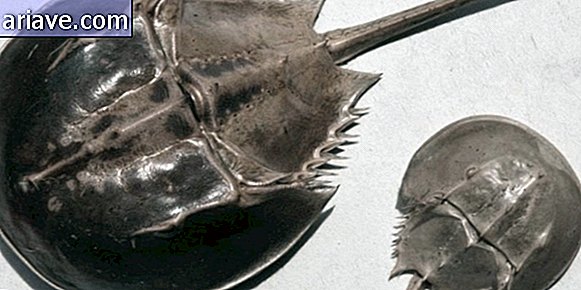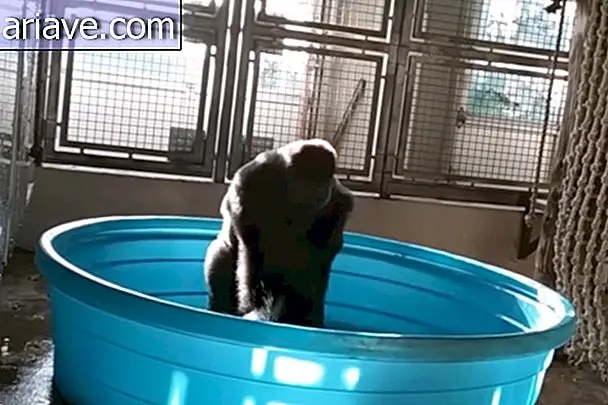How are hurricanes formed?

Hurricanes are the strongest and most violent storms on Earth. While on the one hand they are curious and - some would say - beautiful natural phenomena, they also cause great destruction and even death wherever they pass. Hurricane Sandy recently hit the east coast of the United States and left thousands homeless and without electricity, and even flooded the New York subway tunnels.
But how do hurricanes form?
Hurricanes form similarly to rainfall, that is, with the evaporation of a body of water warmed by the sun. However, they differ in size and region: the warm air that forms hurricanes comes from the oceans near the Equator Line, famous for its warm waters (above 27 ° C) and calm winds.
Thus, warm air rises from the ocean to the sky, leaving the region near the sea surface with less pressure. This causes cold air around that area, which has a higher pressure, to invade the newly vacated space. As a result, the cold air also warms up and consequently rises to the skies in a circular motion.

As warm air rises, the surrounding air continues to occupy the low pressure space. In the sky, the warm air cools and, together with the water it contains, becomes a cloud. Thus a complete system of clouds and moving air eventually forms, always fed by the heat of the ocean and the water that evaporates from the surface.
On earth, the hurricane loses strength
As this storm begins to spin faster and faster, what is known as the "hurricane eye" is created, a kind of very quiet space located right in the middle of the storm. This region has low atmospheric pressure and, therefore, air with higher pressure tends to rise and fall through this "channel".
When the winds formed in the system described above reach a speed of 62 km / h, the natural phenomenon is considered a tropical storm. However, if the force of the storm increases and the winds reach 120 km / h, the storm turns into a tropical cyclone.
Whatever the case, the phenomenon tends to lose strength as soon as it hits the earth's ground, as it no longer has a large body of hot water feeding it.
Hurricane, typhoon, cyclone or tornado?
There is a very simple reason to confuse hurricanes with typhoons or cyclones: deep down they are all the same natural phenomenon, but the name changes according to where it forms.
If storms occur in the Atlantic Ocean or the Pacific Northeast, they are called hurricane. If the same phenomenon is found in the Pacific Northwest, it becomes a typhoon. If it occurs in the South Pacific or the Indian Ocean, it is called a cyclone.

Tornadoes, on the other hand, differ from all others in that they are formed on the continent, that is, on land, and are usually smaller than hurricanes. While Sandy was 1, 500 km in diameter, tornadoes are typically 500 to 600 meters in length, but can be far more destructive than their offshore counterparts.
* Originally posted 30/10/2012.











